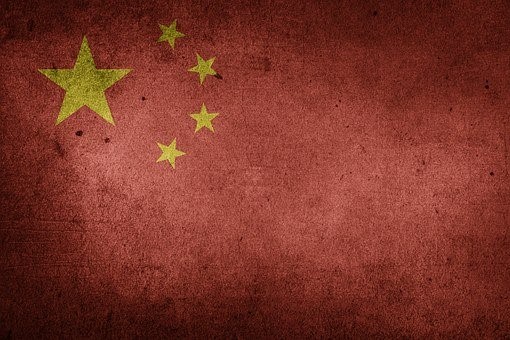China may be considered a land-based power, but it actively destabilizing global oceanic security and countries around the world are concerned. Philippine President Ferdinand “Bongbong” Marcos, Jr. wrapped up a four-day visit to Washington this week, where he met with the Biden White House, Members of US Congress, and Pentagon officials. With China ramping up threats to the Philippine’s sovereign territory, his US visit marks the first time during the Biden Administration that a foreign leader has received full honors at the Pentagon. The US is sending a message to China, but one that some analysts say Washington cannot or will not back up.
Secretary of Defense Lloyd Austin met with Marcos and a large delegation from Manila to discuss the evolving bilateral security relationship. In recent years, China has emerged as an increasingly belligerent power in East Asia. It has claimed Philippine territorial waters as its own, and stopped the country’s ships in open international waters, including recently one of its Coast Guard vessels traveling in the South China Sea. Since the November 2021 Bilateral Strategic Dialogue, the Philippines has sought to tighten its relationship with the US to ward off intensifying Chinese military aggression.
In Sri Lanka this week, the China Merchants Group, a state-run company, announced a $400 million investment to construct a logistics hub in the port at Colombo. It is predicted to be the largest in South Asia and is scheduled for completion in 2025. China will retain 70 percent ownership. Almost six years ago, China negotiated a 99-year lease to develop and manage the country’s Hambantota port. According to a China Merchants Group announcement this week, its total investments in the country are close to $2 billion. China uses all types of power to achieve its goals. The Sri Lanka port projects provide Beijing the ability to monitor the Indian Ocean and heavily traveled commercial shipping lanes.
Still further from its shores, in 2018 China proclaimed itself a “near Arctic state” and increasingly inserted itself into the Arctic region and the race for the riches of its seabed. Beijing gained observer status on the Arctic Council; the governing body composed of the eight Arctic nations. Beijing argues that it has scientific research, freedom of navigation, overflight, fishery, cable-laying and resource development rights in the Arctic high seas. China is collaborating with Russia to establish a global transport corridor using the Northern Sea Route (NSR) to avoid the lengthy trip through the Suze canal. Carving 40% off oceanic transit times would enable China to deliver products to Europe fast and at a lower cost. China labels the route its 21st Century Maritime Silk Route.
This week in the Antarctic Reuters is reporting there are concerns that China has resumed building its fifth Antarctic base. New satellite imagery developed by the Center for Strategic and International Studies (CSIS) taken in January shows that there are now support facilities, temporary buildings and a helipad, among other buildings. When finished the station will include a wharf for China’s Xuelong icebreaker ships. A Pentagon report last year suggests that the new infrastructure is designed to support claims Beijing is making for access to oceanic natural resources and espionage.
The southern shores of the Mediterranean today are the site of Chinese great power competition as there is a power vacuum left by America’s disengagement in the region. There are both hard and soft power elements at work as China increases ties to countries on important trade routes, with ports, and shipping facilities. Although China has not replaced the United States, it is increasing its ability to influence events in the southern Mediterranean.
In the America’s, a Chinese firm administers the Panama Canal. It is an important trade hub in the western hemisphere. The Panamanian government awarded the Chinese company Hutchinson-Whampoa concessions to operate the ports at each end and renewed the lease in 2021. Chinese ships consistently rank as the 2nd or 3rd largest users of the canal. At the Atlantic end of the canal, China’s Landbridge Consortium has committed $1 billion in investment funds to develop a new container port. There have been delays and some of China’s projects have been scaled back. Dredging for the port project is continuing. Today, about 45% of Panama’s population has some Chinese ancestry.
China’s long-term goal is to remake the global order in its own image and lead that system. It is a complicated, long-term, and expansive plan. Its tentacles extend to every major ocean body and nearby landmasses. Beijing designed a multi-decade plan and is using an aggressive, coordinated approach to diminish the leadership of the United States around the world and reduce Western democratic influence. Great power competition is heating up.
Daria Novak served in the U.S. State Dept.
